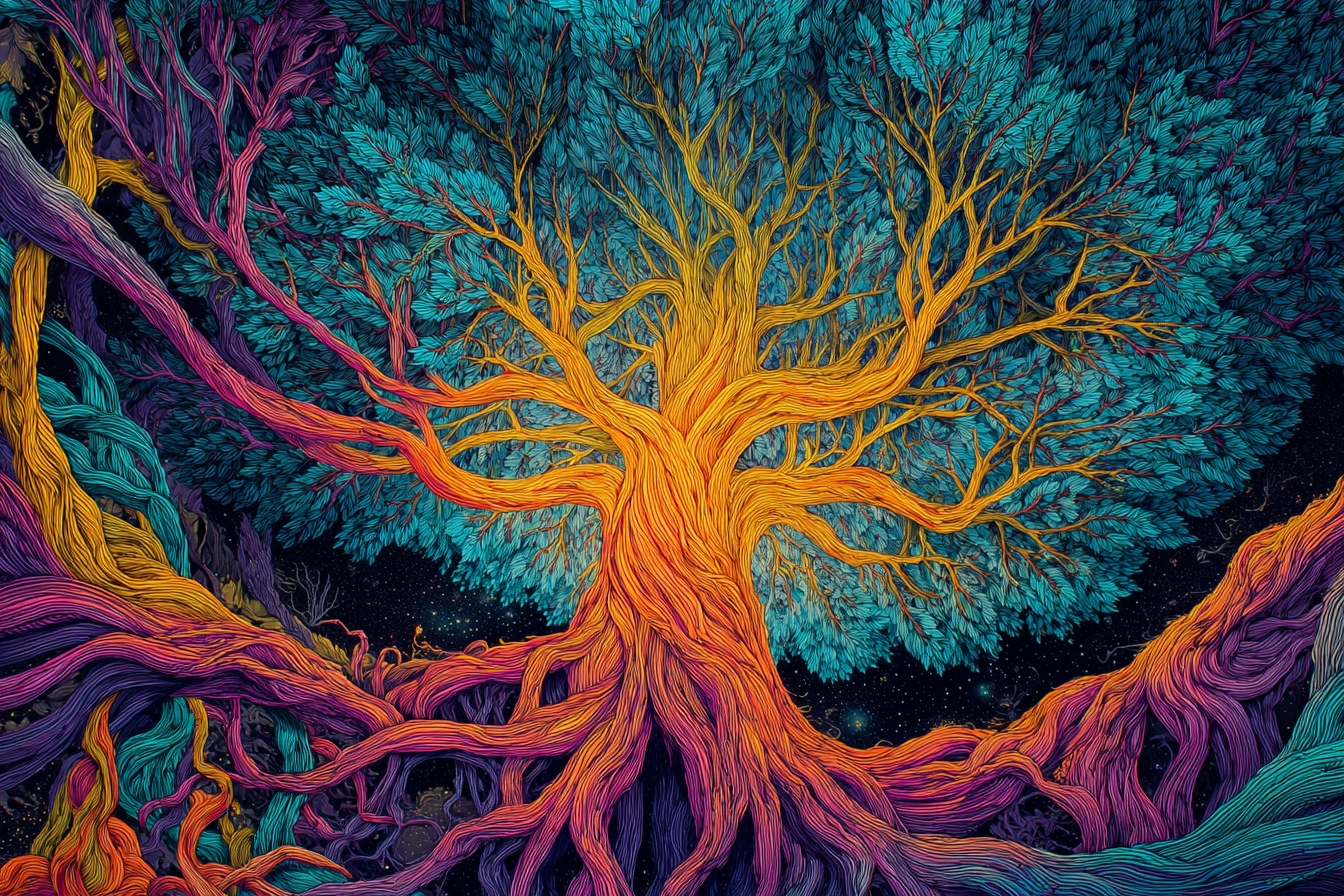The Healing Root Hidden in Plain Sight
In the heart of northeastern Brazil, the rhythmic pulse of tribal drums echoes beneath the canopy as incense swirls through the air. Deep within these ceremonies, Indigenous groups gather to sip a bitter tea brewed from the roots of a sacred plant known as jurema preta. For centuries, this ritual has served as a gateway to trance states, visions, and spiritual communion. But today, outside the jungle and into the realm of science, researchers are asking a bold question: Could this ancient plant medicine hold the key to treating modern mental illness — specifically, jurema preta depression therapy?
Jurema preta, also known as Mimosa tenuiflora, contains naturally occurring DMT, a molecule famed for inducing powerful, fast-acting psychedelic experiences. Users often describe it as a doorway to higher consciousness, deep introspection, or even spiritual rebirth. For people facing chronic depression, especially those resistant to standard treatments, this root may offer more than visions — it may offer hope.
The question isn’t whether it causes hallucinations. The real question is whether those visions can catalyze emotional healing. As science meets spirituality in the jungles of Brazil, we are witnessing the return of a medicine once dismissed. Jurema preta depression therapy is no longer folklore — it’s fast becoming a subject of clinical curiosity, cultural revival, and personal transformation.
Could it be that the cure for what weighs on the modern mind has been growing quietly in sacred soil all along?
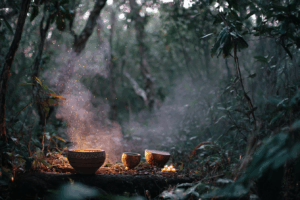
psychedelic plant for depression
What Is Jurema Preta? The Sacred Psychedelic Plant Behind the Hype
Jurema preta, botanically known as Mimosa tenuiflora, is a small tree native to Brazil’s northeastern regions. Its roots have been used for generations by Indigenous communities in shamanic ceremonies, where it is brewed into a psychoactive tea rich in N,N-Dimethyltryptamine (DMT). Unlike Ayahuasca, which requires a combination of plants to activate its psychoactive properties, jurema preta naturally contains active DMT in its root bark, making it uniquely potent.
The plant holds deep spiritual significance in Afro-Brazilian and Indigenous rituals, particularly within the Jurema Sagrada tradition. These ceremonies often involve drumming, chanting, and altered states of consciousness intended to facilitate healing, guidance, and ancestral connection. While participants report intense visual experiences, many describe a deeper effect: emotional clarity and reconnection to self.
Legally, jurema preta occupies a complex space. The plant itself is legal to cultivate and possess in Brazil. However, DMT, its active compound, is classified as a controlled substance, only permissible for religious or scientific use. This regulatory gray zone has fueled both underground experimentation and rising scientific interest.
Jurema preta is often compared to Ayahuasca or psilocybin mushrooms in its visionary power. Yet it offers a different flavor of healing — less purgative, more introspective. As one ceremony-goer, Joyce Souza, expressed, “It’s not hallucination. My spiritual channels become more accessible. I can communicate better with myself.”
With both ancestral reverence and modern curiosity converging, jurema preta is emerging as a compelling candidate in the conversation around psychedelics and mental health. For those exploring jurema preta depression therapies, understanding its cultural roots is as essential as exploring its neurological effects.
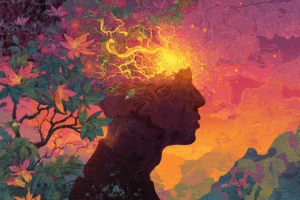
Jurema preta depression treatment
The Science Behind Jurema Preta Depression Relief
What makes jurema preta so compelling in the realm of mental health is its high concentration of DMT—a psychedelic compound that has shown promise in rapidly alleviating symptoms of depression. DMT (N,N-Dimethyltryptamine) is known for inducing powerful visionary experiences within minutes, often described as mystical or ego-dissolving. But beneath the subjective wonder lies a growing body of clinical research linking DMT to measurable neurological changes.
In Brazil, physicist Dr. Draulio Araujo and his team at the Brain Institute conducted a pilot study treating 14 patients with vaporized DMT in a controlled clinical setting. The results were striking: several participants reported a significant lift in depressive symptoms within just 24 hours. For some, it was the first time they felt lightness in years. Published in respected journals such as Nature and Psychedelic Medicine, Araujo’s findings are pushing the envelope of what is considered possible in psychiatric care.
Neuroscientists believe that DMT may work by disrupting rigid neural pathways associated with negative thinking loops. It increases neuroplasticity, helping the brain form new connections and perspectives. This mechanism, paired with psychotherapy, can create lasting shifts in mental and emotional health. As neuroscientist Fernanda Palhano-Fontes explains, the experience is not just pharmacological—it’s existential. “A key opened something,” she said, reflecting on how patients describe the internal unlocking of suppressed emotions and meaning.
For those suffering from treatment-resistant depression, these revelations are nothing short of revolutionary. And for advocates of plant-based healing, jurema preta depression research represents a powerful convergence of Indigenous knowledge and clinical science. As studies expand to larger groups, the hope is that this sacred root may one day become a sanctioned tool for healing minds, not just spirits.
Real Voices from Jurema Preta Derpression Journeys
For many, the path to healing doesn’t begin in a lab—it begins in desperation. That was the case for Guaracy Carvajal, a Brazilian software developer who had lived under the heavy cloud of chronic depression for years. Traditional treatments hadn’t worked. Therapy felt repetitive. Antidepressants dulled his senses. In his own words, he had tried everything—except jurema preta.
After finding raw jurema root on the street, Carvajal turned to the internet, teaching himself how to extract its active DMT compound. The journey that followed wasn’t casual or recreational—it was a last resort. What he discovered on the other side wasn’t just vivid visions or spiritual metaphors. It was relief. “I solved something,” he said simply. “Something I couldn’t reach with words.”
Stories like his are becoming more common as people explore jurema preta depression therapies outside the bounds of clinical trials. These accounts don’t come wrapped in white coats and peer-reviewed papers. They arrive through whispered testimonials, personal blogs, and sacred ceremonies deep in Brazil’s interior. And yet, they carry emotional weight that science is only beginning to quantify.
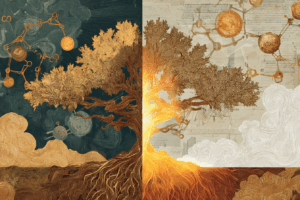
Legal DMT source in Brazil
For Carvajal and others like him, the experience of jurema preta was not just about escape, but confrontation. It surfaced memories, softened judgment, and created space for clarity. While not a substitute for long-term therapy or medical oversight, these deeply personal journeys hint at the transformative potential locked within the roots of this humble tree.
And for those who seek gentler ways to ease into altered states or integrate after a deep experience, visual tools can also support emotional clarity. This guide on how psychedelic visuals help you meditate deeper explores how colors, rhythm, and pattern can mirror inner healing.
Ethics, Legality, and the Future of Jurema Preta Depression Treatment
As interest in jurema preta depression therapy grows, so too does the need to address the ethical and legal complexities surrounding its use. In Brazil, jurema preta is legal to grow, possess, and prepare for ritual purposes. However, its active compound—DMT—remains a controlled substance, legally sanctioned only for religious ceremonies and scientific research. This duality creates a gray area where legality can depend on context, tradition, and intent.
With rising global curiosity, Brazil has also seen an influx of psychedelic tourism. Foreigners travel to participate in jurema ceremonies, often without fully understanding the cultural weight these rituals carry. While some seek genuine healing, others commodify sacred practices for personal gain or social media content. This dynamic risks diluting the traditions of Indigenous and Afro-Brazilian communities who have safeguarded this knowledge for generations.
Respect is critical. Any exploration of jurema preta for depression should be approached not just with curiosity, but with reverence. That means supporting ethical retreats, listening to Indigenous voices, and recognizing that these ceremonies are not just therapeutic techniques, but spiritual inheritances.
The potential of jurema preta is vast, but its power lies not only in its chemistry—it lies in its roots, in its people, and in the stories that have kept it alive. As science catches up, we must not leave the soul of the medicine behind.
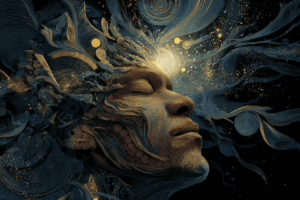
Depression healing by DMT
Conclusion – Bridging Ancient Roots with Modern Healing.
The science is promising. The stories are powerful. And the spirit behind the practice reminds us that not all medicine comes in pill form. Sometimes, it comes through rhythm and ritual. Through roots and revelations.
In the evolving narrative of psychedelic therapy, jurema preta depression treatment stands as both an echo of the past and a whisper of the future. It invites us to heal not just with data, but with meaning.
Healing sometimes grows in forgotten soil. And maybe, just maybe, jurema has been waiting for us to remember.

